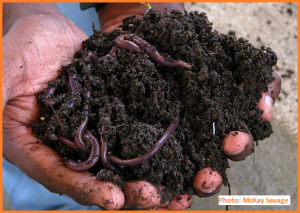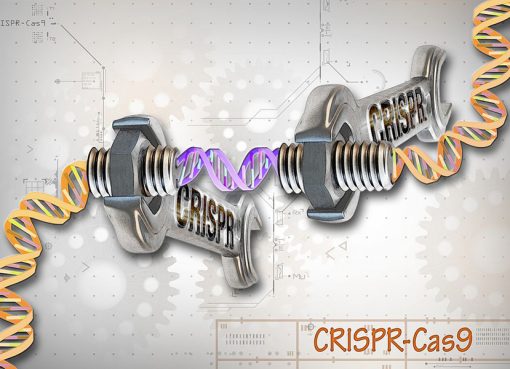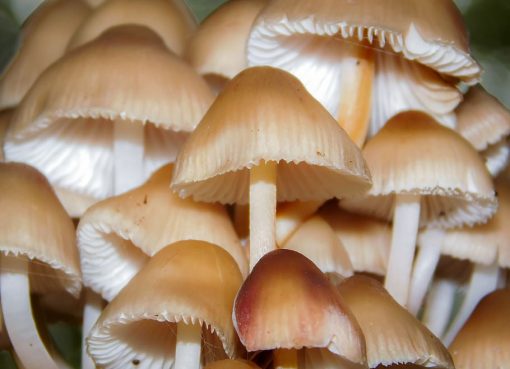The branch of science that studies the importance and utilization of different epigeic earthworm species to answer problems related to ecology and environment is known as Vermitechnology. It is a useful technique for stabilization of both industrial and domestic organic waste, organic farming and waste water treatment. Vermitechnology is an aerobic stabilization of nonhaemophilic and bio-oxidation process of decomposition of organic wastes that depends upon earthworms for fragmentation, mixture and promotion of microbial activity. It is based on the principle that during feeding, the earthworms fragment the waste materials that results in increase of its surface area for further colonization of microorganisms. Charles Darwin was the pioneer of vermitechnology related studies. He was the first man on this planet to demonstrate the role of earthworms in the ecosystem. He published a book entitled “The formation of humus through the action of earthworms” in the year 1881. Since then both developing and developed nations have adapted vermitechnology as a tool for different organic waste management practices. It is reported to be already in commercial practice in USA, Canada and USA, and being used efficiently in Philippines and Asia.
Vermicast or vermicompost, which is the final product of vermin-composting, is richer in nutrients than the initial raw materials. Vermicast appears as a peat-like material which is capable of showing high water holding capacity, porosity, drainage, aeration and microbial activity. In the process of vermicomposting, the essential plant macronutrients such as nitrogen (N), phosphorus (P) and potassium (K) present in the organic waste materials are converted through the action of microorganisms into much more soluble and stabilized forms which are easily available to the plants as compared to the parent substances. The process of vermicomposting is best suited for mesophilic temperature range such as 35-40°C. By both mechanical and biochemical actions of earthworms, it prepares organic manures and combines it with soil particles.
About 3000 species of earthworms are distributed all over the world and 384 earthworm species have so far been reported from India. Most of the earthworms are terrestrial in nature, which prefer soil as their habitat. However, some of the species such as Pontodrilus burmudensis live in the estuarine water. Earthworms can be found in diverse habitats, and organic waste materials like manure litter, compost etc. are attractive habitats for them but they are also available in hydrophilic environment as well as in very cold environment such as under the snow. Although earthworms are placed under saprophages, they are classified as detrivores and geophages based on their feeding habits. Detrivores are found at or near about the soil surface on leaf litter or dead roots and any other plant debris. Few examples of detrivorous earthworms are Octochaetona curensis, Perionyx excavates, Octochaetona serrata, Eisenia fetida, Polypheretima elongate, Lampito mauritii and Eudrilus euginae. The earthworms that are geophages feed beneath the surface; they ingest huge quantities of organically rich soil. Two common examples of geophages are Octochaetona thurstoni and Metaphire posthuma.
Selection of suitable earthworm species for vermicomposting is the most important aspect of vermitechnology. Vermicompost produced by different earthworm species exhibit significant variation in respect of nutrient composition. Vermicomposting potential of various detrivorous earthworm species has been studied by different researchers. The results revealed that Perionyx excavates, Eisenia fetida, Eudrilus eugeniae and Metaphire posthuma exhibit greater range of tolerance in extreme atmospheric conditions than any other species of earthworms. So these are the most widely used species of earthworms for vermicomposting of organic waste materials. They can tolerate high temperature upto 42°C and low soil temperature below 5°C. The polyphenol concentration and Carbon: Nitrogen ratio is the two most important factors for determination of palatability in detrivorous earthworm species.
The first step for every vermicomposting operation is the selection of suitable organic waste. Earthen pots or pits, cemented tanks, wooden boxes lined with either plastics or stones can be used for vermicomposting. Slightly darker and humid places, 40-50% moisture content in beds, neutral pH and slightly decomposed organic matter with high nitrogen content facilitate the earthworms to grow faster and produce more cocoons. Physico-chemical changes in degradation of organic waste material are carried out through enzymatic digestion and enrichment by excrement of nitrogen. About 5-10% of initial raw material is absorbed into the tissue of the earthworms for their physiological activities and the rest is excreted as vermicast. The process of decomposition continues even after the release of the cast by the establishment of microbes. Since huge number of microorganisms, hormones and enzymes are already present in the intestine of earthworms; the partially degraded organic substrates degrade rapidly and are converted to vermicompost within a very short period of time. The end product is well humidified, much stabilized and a potential organic fertilizer that can increase the fertility of soil and act as stimulator for growth of plants, and is appropriate for agricultural application.
Micro- and macro-nutrients present in vermicompost make it ideal organic manure which has the capability to enhance the biomass production and number of crops. It is assumed that earthworm excretes certain vitamins, metabolites and similar substances into the soil which can be D vitamin or B vitamin. It has been reported that vermicompost, specifically those obtained from animal waste sources have more mineral elements than the commercially available plant growth media. Apart from that, some of these elements are converted to forms such as soluble potassium, nitrates, calcium, exchangeable phosphorus and magnesium which can be readily taken up by the plants. The quality and quantity of nutrients present in vermicompost and its superiority over traditional compost or synthetic plant growth media can be explained by higher rate of humification, breakdown of polysaccharides and accelerated mineralization of organic matter resulting from earthworm activities during vermicomposting. Further, the excess earthworms obtained from vermicomposting can be used in protein rich animal feed and medicines.
To overcome the ever-growing waste management problems of developing countries, vermitechnology can be used as a potential weapon. Earthworms have the capacity to stabilize a wide range of toxic organic wastes into value added products. When vermicompost is applied in the field, it enhances the quality of soil through increasing microbial biomass and microbial activity which play a major role in nutrient cycling.
References:
Gunadi, B.; Blount, C. and Edwards, C.A. (2002). The growth and fecundity of Eisenia fetida (savogmu) in cattle solids pre-composted for different periods. Pedobiologia, 46(1): 15.
Handricsen, N.B. (1990). Leaf litter selection by detrivore and geophagous earthworm. Biology and Fertility of Soil, 10:17-21.
Ismail, A. (1997). Vermicology: the biology of earthworms. Orient Longman.
Julka, J.M. (2001). Earthworm diversity and its role in agro-ecosystem. In: VII National symposium on soil biology and ecology. Bangalore University of Agricultural Sciences, Bangalore. pp. 13-17.
Lee, K.E. (1985). Earthworms: their ecology and relationships with soils and land use. Academic Press Inc.
Ndegwa, P.M. and Thompson, S.A. (2001). Integrating composting and vermicomposting in the treatment and bioconversion of biosolids. Bioresource technology, 76(2): 107-112.
Vasudevan, P. and Sharma, S. (1997). Adoption of biofertilizers by farmers: some experiences. In: Proceedings at International Conference on Application of Biotechnology in Biofertilizers and Biopesticides, DBEB, IIT Delhi.
DOWNLOAD PDF
Author-
Tridip Boruah
M.Phil. Research Scholar
Department of Botany, Gauhati University
Guwahati-781014, Assam, India
Email: tridip_boruah@gauhati.ac.in
Phone: 8876330933




